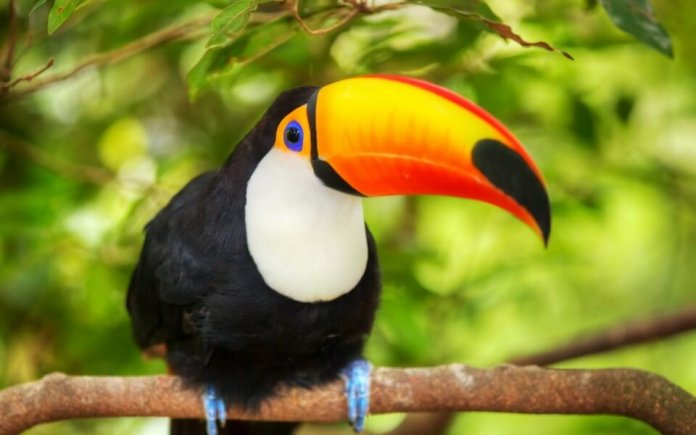Birds inhabit almost every centimeter of the planet, and their homes can be found in the frozen expanses of Antarctica and in the tropical rainforests of South America. We see birds every day and usually don't pay attention to them. But these beautiful feathered creatures are amazing and full of mysteries. Introducing you top 10 most interesting facts about birds.
10. Birds have no bladder
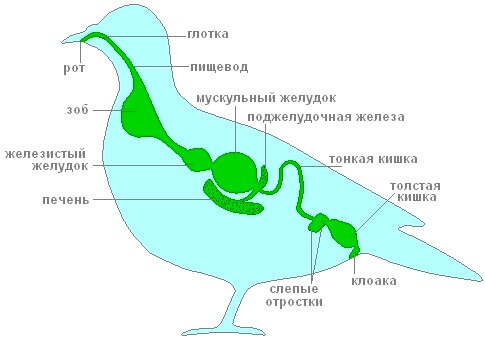 In order to reduce the weight of the bird's body, nature has deprived it of its bladder. Instead of producing liquid urine, birds produce a white, pasty substance. However, the ostrich, although it does not have a bladder, differs from all other birds in that its body has a special compartment for feces and urine.
In order to reduce the weight of the bird's body, nature has deprived it of its bladder. Instead of producing liquid urine, birds produce a white, pasty substance. However, the ostrich, although it does not have a bladder, differs from all other birds in that its body has a special compartment for feces and urine.
9. Feathers and dinosaurs
 The main types of living things can be distinguished from each other by such a criterion as the skin: animals have fur, fish have scales, arthropods have an exoskeleton, and birds have feathers. You might think that birds need feathers to fly, but this is incorrect for two reasons: firstly, feathers first appeared in the ancestors of birds, dinosaurs, and secondly, feathers were needed mainly as a means of keeping body heat, and only in the course of evolution allowed birds to rise into the air.
The main types of living things can be distinguished from each other by such a criterion as the skin: animals have fur, fish have scales, arthropods have an exoskeleton, and birds have feathers. You might think that birds need feathers to fly, but this is incorrect for two reasons: firstly, feathers first appeared in the ancestors of birds, dinosaurs, and secondly, feathers were needed mainly as a means of keeping body heat, and only in the course of evolution allowed birds to rise into the air.
8. Birds and the Olympics
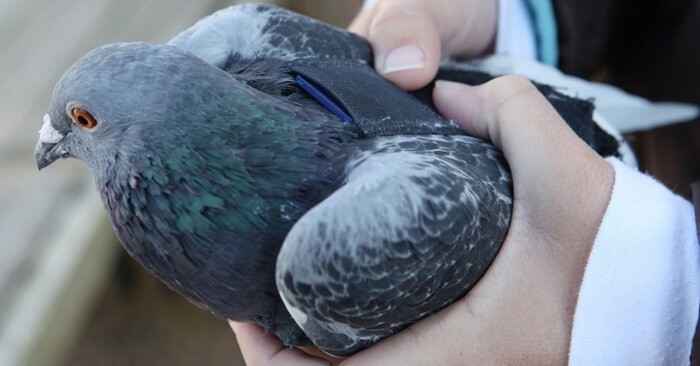 For millennia, pigeons have delivered messages, including important military information, as well as the results of the first Olympic Games. Pigeons were last used as postal couriers during World War II.
For millennia, pigeons have delivered messages, including important military information, as well as the results of the first Olympic Games. Pigeons were last used as postal couriers during World War II.
7. Penguin coloring is camouflage
 Underwater, the black and white coloration of penguins helps them stay hidden from both predators and prey. When the penguins swim, their black backs merge with the dark water below them so that they are difficult to spot from above. And the white areas, meanwhile, help them blend in with the lighter water surface, so that they are almost invisible from below. But on land, the black backs of penguins can stand out sharply against the background of a snowy landscape, but on land they have fewer enemies than under water.
Underwater, the black and white coloration of penguins helps them stay hidden from both predators and prey. When the penguins swim, their black backs merge with the dark water below them so that they are difficult to spot from above. And the white areas, meanwhile, help them blend in with the lighter water surface, so that they are almost invisible from below. But on land, the black backs of penguins can stand out sharply against the background of a snowy landscape, but on land they have fewer enemies than under water.
6. Who has the largest beak
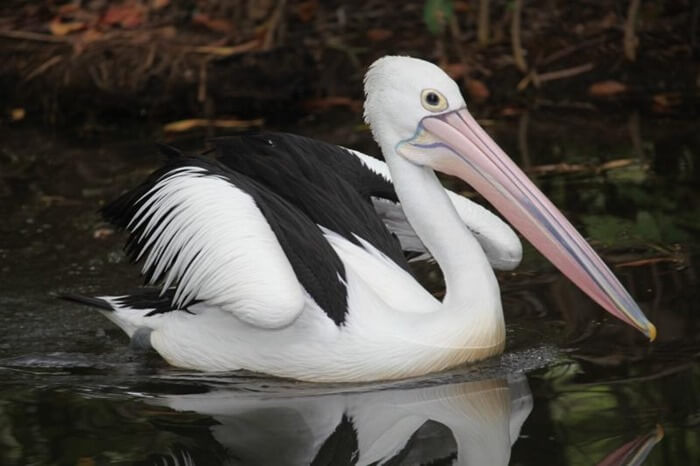 The Australian pelican has the longest beak, almost 0.5 meters long. But the tiny hummingbird has a beak of only 10 cm, but this is the only bird with a beak longer than the body.
The Australian pelican has the longest beak, almost 0.5 meters long. But the tiny hummingbird has a beak of only 10 cm, but this is the only bird with a beak longer than the body.
5. Kiwi with nostrils, but no wings
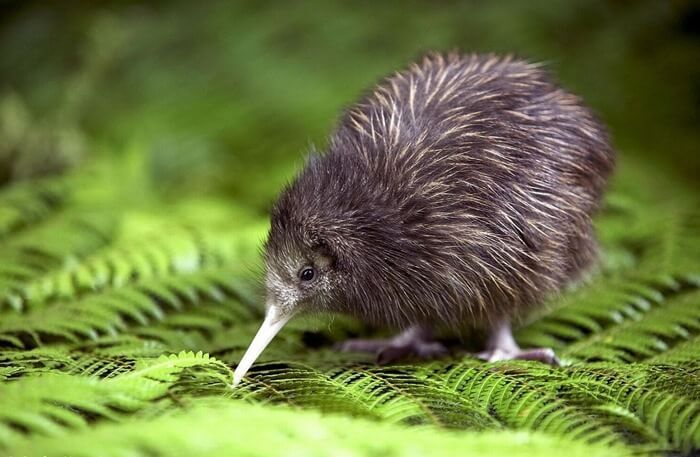 The only bird with nostrils at the end of its beak is the Kiwi. This arrangement of nostrils helps her sniff out food on the ground - worms and insects. She snorts frequently to clear her nostrils. It is also the only bird in the world that does not have wings.
The only bird with nostrils at the end of its beak is the Kiwi. This arrangement of nostrils helps her sniff out food on the ground - worms and insects. She snorts frequently to clear her nostrils. It is also the only bird in the world that does not have wings.
4. Chatterbox - a godsend for an ornithologist
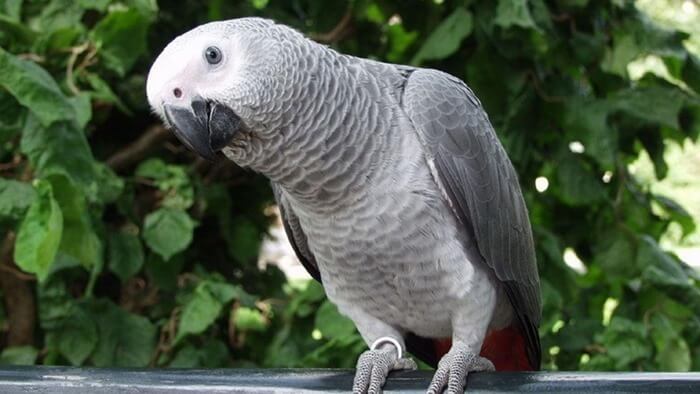 The fifth number in our bird rating is the most talkative bird in the world - the African gray parrot. This is one of the most beautiful species of parrots in the world... One parrot of this species could say over 800 words. And most parrot species can only pronounce 50 words.
The fifth number in our bird rating is the most talkative bird in the world - the African gray parrot. This is one of the most beautiful species of parrots in the world... One parrot of this species could say over 800 words. And most parrot species can only pronounce 50 words.
3. The closest relatives of birds are crocodiles
 As creatures, vertebrates, birds are related to all other vertebrates that live, or have ever lived on the planet. But you may be surprised to learn that the family of vertebrates with which modern birds are most closely related are the crocodiles.They, like dinosaurs, evolved from a group of reptiles called "Archosaurs" at the end of the Triassic period. Dinosaurs, pterosaurs and sea reptiles became extinct, but crocodiles somehow managed to survive. Despite their kinship with birds, they gladly eat any close relatives who dare to land near their muzzle.
As creatures, vertebrates, birds are related to all other vertebrates that live, or have ever lived on the planet. But you may be surprised to learn that the family of vertebrates with which modern birds are most closely related are the crocodiles.They, like dinosaurs, evolved from a group of reptiles called "Archosaurs" at the end of the Triassic period. Dinosaurs, pterosaurs and sea reptiles became extinct, but crocodiles somehow managed to survive. Despite their kinship with birds, they gladly eat any close relatives who dare to land near their muzzle.
2. Parrots yawn together
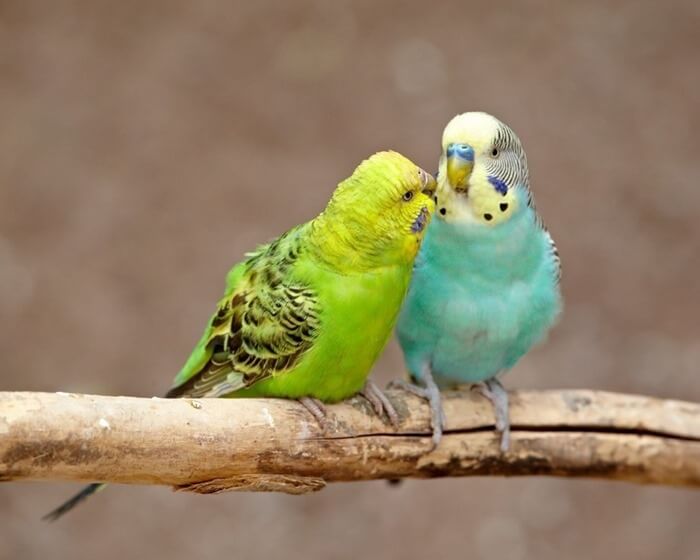 Budgerigars are the only known bird species that is susceptible to the infectiousness of yawning. Humans, dogs, chimpanzees, laboratory rats, and a number of other creatures can pick up yawns from one another, but budgerigars are the first non-mammalian species to exhibit behavior. Many scientists believe that an unconscious, instinctive response to yawning can be a primitive way to show empathy. Or perhaps this is a sign of group alertness.
Budgerigars are the only known bird species that is susceptible to the infectiousness of yawning. Humans, dogs, chimpanzees, laboratory rats, and a number of other creatures can pick up yawns from one another, but budgerigars are the first non-mammalian species to exhibit behavior. Many scientists believe that an unconscious, instinctive response to yawning can be a primitive way to show empathy. Or perhaps this is a sign of group alertness.
1. Who has the longest
In the first place on the list of the most interesting facts about birds is the Argentine lake duck (aka the Argentine duck). Her penis, twisted in a spiral, reaches a length of 45 cm - longer than all other known birds (and many do without a penis at all). The length of the duck itself is about 40-46 centimeters. The base of the penis is covered with rough spines and the tip is soft like a brush. Perhaps this is necessary in order to remove the sperm of the previous "groom" from the female genital tract. When the penis of the drake is not in use, it is pulled into its abdomen.

